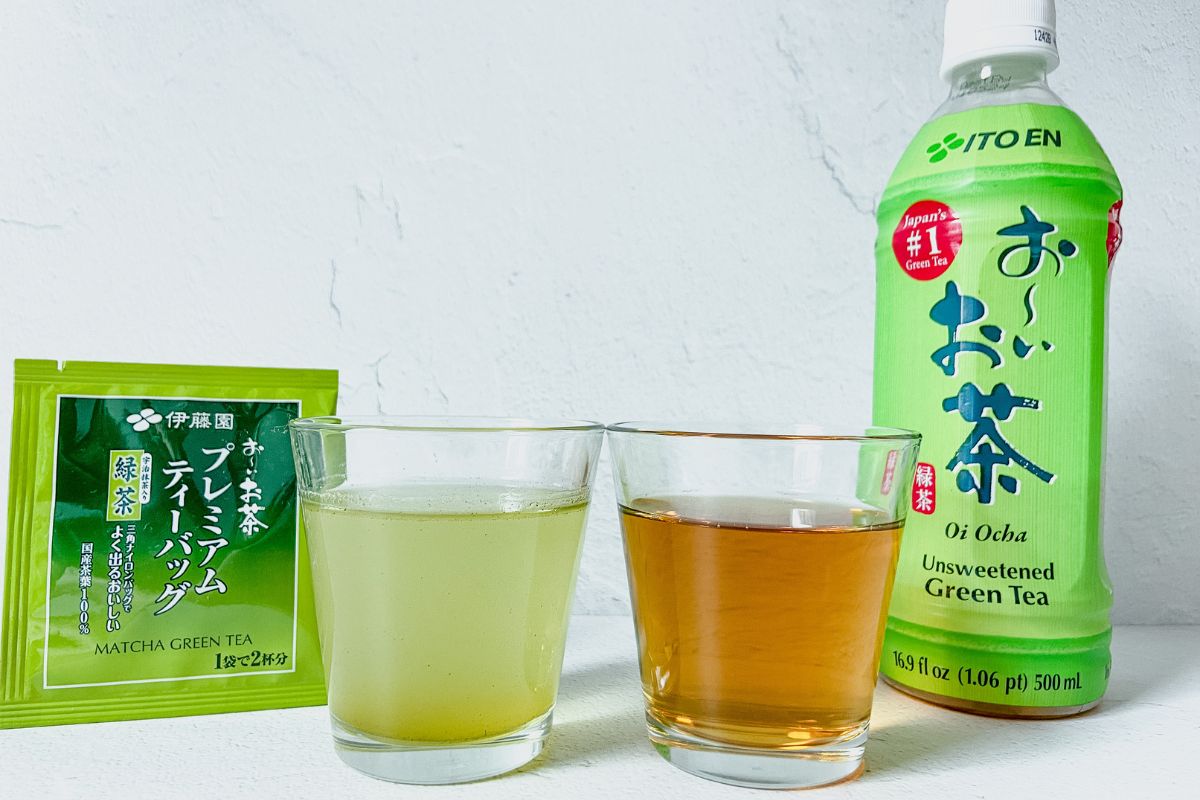Avocado for beginners
How to easily cut avocado and other tips to fully enjoy avocados at home
Here is all the information I wish I had found in one place before having my first avocado.
After reading this post, you’ll know how to easily cut avocado and prepare them like a pro.

Avocados are like the most recent cool kid on the block.
But if (just like me) you aren’t a millennial or didn’t grow up in an avocado-producing region, chances are good that you were still fairly unfamiliar with them before a couple of years ago.
Nowadays it seems like there’s no end to how many ideas people have for incorporating avocados into their diet.
But what is this trendy food all about? And most importantly, what do you need to know when using them in recipes?
Learn on this post EVERYTHING you need to know about this peculiar fruit.
How does avocado taste?
Avocados have a rather mild flavor.
There’s some slight sweetness, but perhaps the real pleasure of eating an avocadocomes from its creaminess.
Other words that some people use to describe its taste are buttery but fresh, nutty and earthy.
And it tastes great on its own, in salty or in sweet recipes.
However, while ripe avocados taste very delicate, unripe ones have a slightly bitter, astringent aftertaste.
Benefits of eating avocado

There is a reason why the avocado has become such an iconic and beloved fruit.
It has such a nice green color and is so creamy!
Also, it’s filled with healthy fats and low in carbs – making it perfect for those following keto diets.
Others amazing health benefits of avocados are:
- they are rich in beneficial fats that can help you feel full between meals, improve your cholesterol levels and prevent heart diseases.
- they are a source of important nutrients like beta carotene, lutein and omega-3 fatty acids
- they provide many different vitamins and minerals, as vitamins B6, C, E, K, copper, potassium, magnesium and folate
- they are rich in fibers
3 reasons to avoid avocados

Avocados are healthy and delicious, but also have their catches:
- Due to its high fat content, it could lead to weight gain if consumed in too large quantities. So, as with so many things in life, moderation is key!
- While it is a quit uncommon condition, some people (specially people with latex allergy) can have avocado allergy, with symptoms including coughing, stomach cramps, headaches and blocked nose
- Unfortunately, there is a big downside to consuming this superfood: avocado production takes a lot of resources, so it’s environmentally unfriendly. This is an extra reason to honor every single inch of this green gold we use, beginning with not wasting any of its meat when preparing it.
How to know if your avocado is ripe

A perfectly ripe avocado is a dream: with a nutty yet delicate taste and a creamy texture.
But how do you know they’re ready?
Not all avocados are at their best at the same time; some may be good in two days while others take up to a couple of weeks!
These are the 3 easiest ways to tell if your avocado is ripe:
By look
Unripe avocados are green; ripe avocados are usually darker green, nearly black.
By touch
Carefully squeeze the fruit with the palm of your hand.
Don’t press with the fingers since that would put too much pressure so it could bruise the flesh!
An unripe avocado is hard as a tennis ball, while a ripe one yield slightly to gentle pressure.
If you leave a deep mark on the skin of an avocado, it probably means that this fruit has overripened and it’s better mashed.
If you feel no resistance from its flesh when pressing on the skin, it’s definitely overripe.
By taking the stem
Try to remove the nub: if it won’t budge, resist your avocado cravings for a while longer!
A ripe avocado’s stem will break off easily and sometimes you may see some green color where the stem was.
Some say that brown underneath of the avocados’s tail can means it has become overripe, but in my experience many ripe on-the-point avocados have this.
This is why I would take the “color under the stem theory” with a pinch of salt.
Hack to ripen avocados at home
Putting an avocado and a banana or apple in the same paper bag accelerates ripening because bananas and apples emit ethylene gas, which hastens other produce’s maturation process.

You can also ripen an unripe avocado more quickly by putting it under direct sunlight for a couple of days.
Some claim that you can ripen an avocado in just minutes by putting it into the oven or microwave, but in my opinion, although they get softer, their taste doesn’t fully develop.
How to easily cut avocado
Cutting an avocado can be tricky if you haven’t done it before, but actually it’s a piece of cake you know how to do it.
And there is something SO satisfying in cutting avocados with the right technique (which by the way, is really simple).
The easy tips and video below will ensure that you cut up an avocado in two seconds flat!
Just make sure you use a ripe piece, because slicing an unripe avocado it’s harder.
Time needed: 5 minutes
How to easily cut avocado
- Wash and dry
Wash the entire avocado and dry it with a paper towel
- Make the cut
Cut carefully the avocado in half lengthwise (vertically from top to bottom), around the big central pit.
- Open
Gently twist the two halves until they separate
- Pit
Remove the avocado pit
- Mark the flesh
Score or slice the flesh of each side with a knife, making sure not to cut all the way through
- Remove the flesh
Use a spoon to scoop out the avocado flesh from its skin.
You can also watch how to effortlessly cut and peel an avocado in this helpful video. It shows it exactly how I do it, except from the pitting trick (I just discovered that thanks to this video). I enjoyed this useful tutorial because it’s very short and to the point.
How to avoid avocado turning brown once cut

You’ve seen cutting an avocado is a no-brainer, but what do you do with the leftover avocado?
Cut avocado is exposed to air and will oxidize quite soon and change colors if not dealt with right away.
To avoid it, you can try one of these methods:
- sprinkle some lemon juice or lime juice over the flesh
- wrap half of your now unprotected fruit tightly in plastic wrap so as to seal off all potential oxygen exposure
How to tell if avocados are rotten
It takes some time for an avocado to ripe, but once ripe, they spoil quite quickly.
You can still use overripe avocados to make mashed avocado, guacamole, salad, cooking or smoothies.
But when should you throw the fruit away?
Here are some signs to recognize if your avocado has gone bad:
From the external side
If your fruit has brown or black areas, this means that the flesh underneath may have started spoiling.
Hass avocado, the most common variety, develops blackened skin when overripe and rotten.
However, other varieties retain their green color when overripe, so you should also watch for other signs to determine if you can still enjoy your avocado.
If you see mold, you should always discard the piece.
Once cut open
The flesh of a rotten avocado is brown, gray, black and hat an unpleasant stringy texture.
Some rotten avocados have dark streaks throughout the flesh.
However, if the discolored area is only one small part, you can still peel off that section away from the other parts and save the healthy parts of the fruit.
A sour taste or smell as well as rancid aroma and chemical flavor means this fruit needs to be thrown out as well.
Mold is another clear sign to get rid of the avocado.
FAQs about avocado
Awesome recipes with avocado
- Strawberry Matcha Smoothie
- Creamy Chai Latte
- Avocado Green Smoothie (no added sugar)
- Vegan poke bowl
- Avocado smothered chicken
- Creamy avocado pasta
- Avocado toast
- Chocolate avocado mousse
I hope this information about avocado was useful and that it helps you enjoy them even more. If you have any other questions, feel free to leave a comment below!








Thank you very much for such detailed information about avocado. I’m new to it.
Nice to know all this!
I’m very happy if it helps. Thank you for commenting!